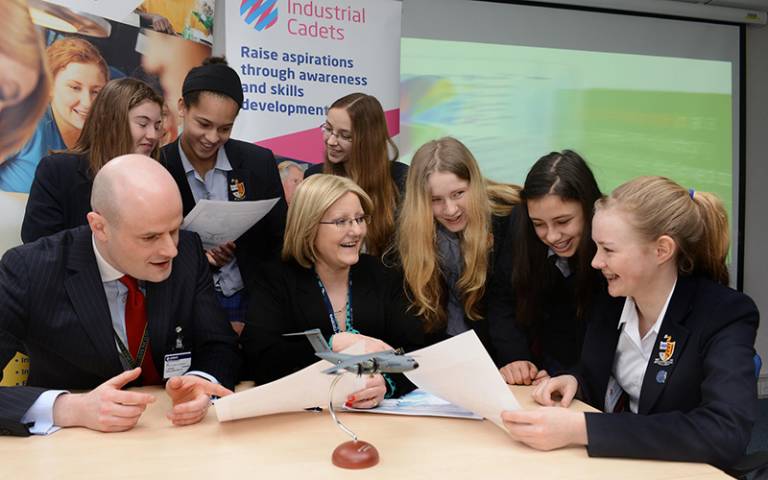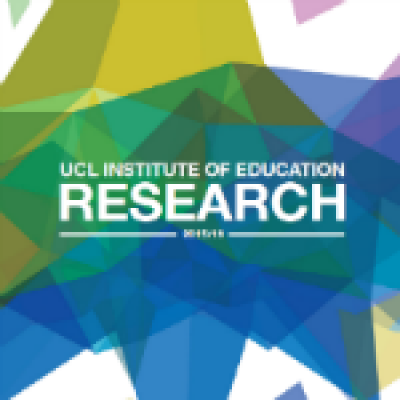Girls' attitude to studying physics weakens as they progress through school
8 June 2018
Research by UCL Institute of Education (IOE) academics Dr Tamjid Mujtaba and Professor Michael Reiss has informed a report on the gulf between girls' and boys' uptake of A Level physics

The Institute of Physics (IOP) report was launched at a major summit on 17 May 2018. During a discussion at the summit, IOP President Professor Dame Julia Higgins said: "the consequence of girls' choices at school is that many rewarding and fulfilling routes are closed off to them".
The research by Dr Mujtaba and Professor Reiss explored how a variety of educational experiences in physics and maths affects subject choice, finding that girls self-belief is lower than boys and that girls perceive inequalities in their education of these subjects including that they receive less support from teachers compared to boys.
Approximately 10,000 students in England were surveyed during Year 8 (age 12-13) and then followed up in Year 10 (age 14-15) as part of the Understanding the Participation Rates in Mathematics and Physics (UPMAP) project.
The research offers insights to gender difference between aspirations, perceptions and motivations to study physics and maths in post-16 education, which could help to answer why the proportion of girls taking physics at A-level has remained low for three decades despite girls performing just as well as boys at GCSE level.
Findings suggest that the students' perceived extrinsic motivation/utility of science (students valuing science through thinking that science leads to various benefits such as improving access to higher education or employment prospects), their perceptions of lessons, and their beliefs in their own ability in the subject (their self-confidence beliefs) are the main three factors which have the strongest effect on both girls' and boys' aspirations to pursue physics. However, girls and boys responded differently over time. The data indicates that despite some girls having high aspirations and high self-confidence at Year 8, there was a substantial decrease by Year 10, particularly for physics, while boys' aspirations remained unchanged.
The IOP report echoes further research undertaken by Dr Richard Sheldrake in collaboration with Dr Mujtaba and Professor Reiss, which highlights a trend for more girls than boys to move away from expressing the most positive view and intentions towards physics as they progress from Year 8 up to Year 10.
Their current research funded by the Royal Society of Chemistry mirrors their findings from their physics project. Their paper indicates the effect of socio-economic disadvantage was less directly relevant on science and chemistry aspirations, while receiving encouragement to study science or chemistry from teachers and other significant people and taking part in extra-curricular science activities accessed through their schools were more important.
Media contact
Rowan Walker, UCL Media Relations
rowan.walker@ucl.ac.uk
+44 (0)20 3108 8516
Links
- Read the research '"I Fall Asleep in Class ... But Physics Is Fascinating": The Use of Large-Scale Longitudinal Data to Explore the Educational Experiences of Aspiring Girls in Mathematics and Physics'
- Read the paper 'Students' science attitudes, beliefs, and context: associations with science and chemistry aspirations'
- Read the IOP report "Why not physics?" (PDF)
- Dr Tamjid Mujtaba's research profile
- UPMAP project
Image
- Airbus Industrial Cadets. Credit: Ministry of Housing, Communities and Local Govt via Flickr (CC BY-ND 2.0)
 Close
Close


